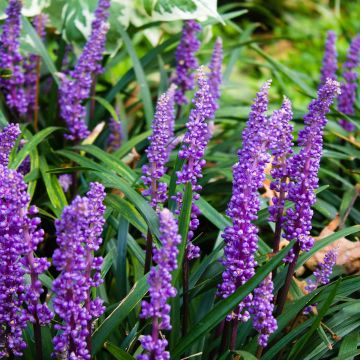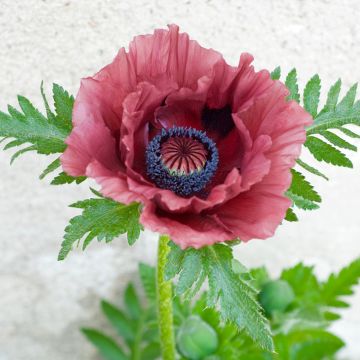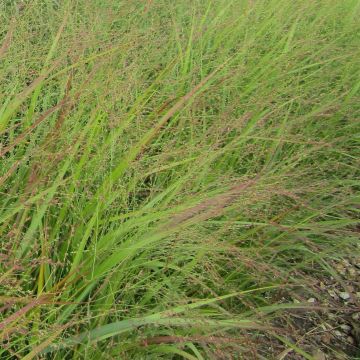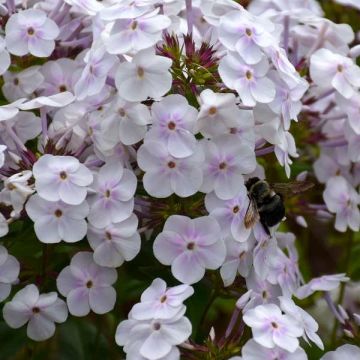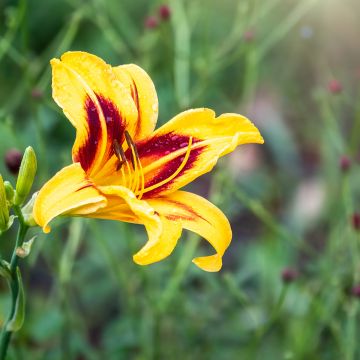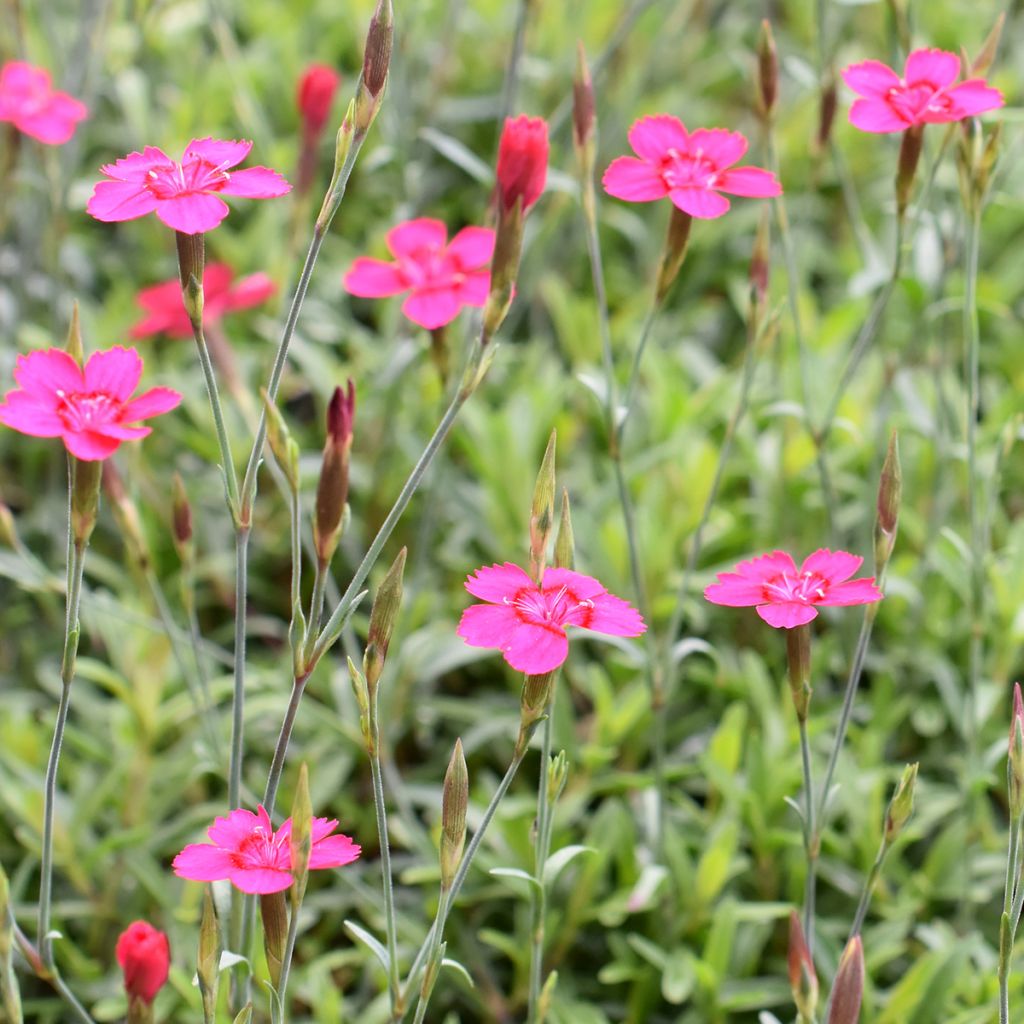

Dianthus deltoides


Dianthus deltoides
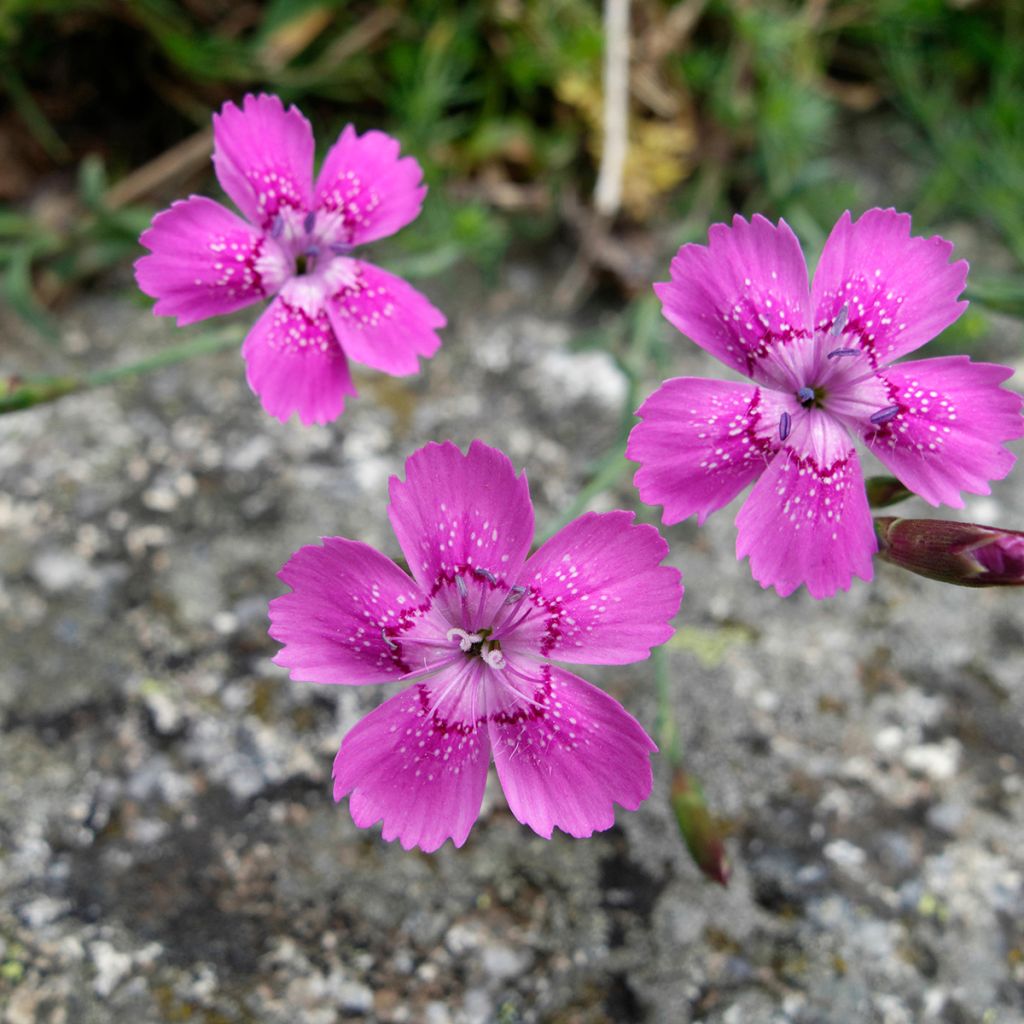

Dianthus deltoides
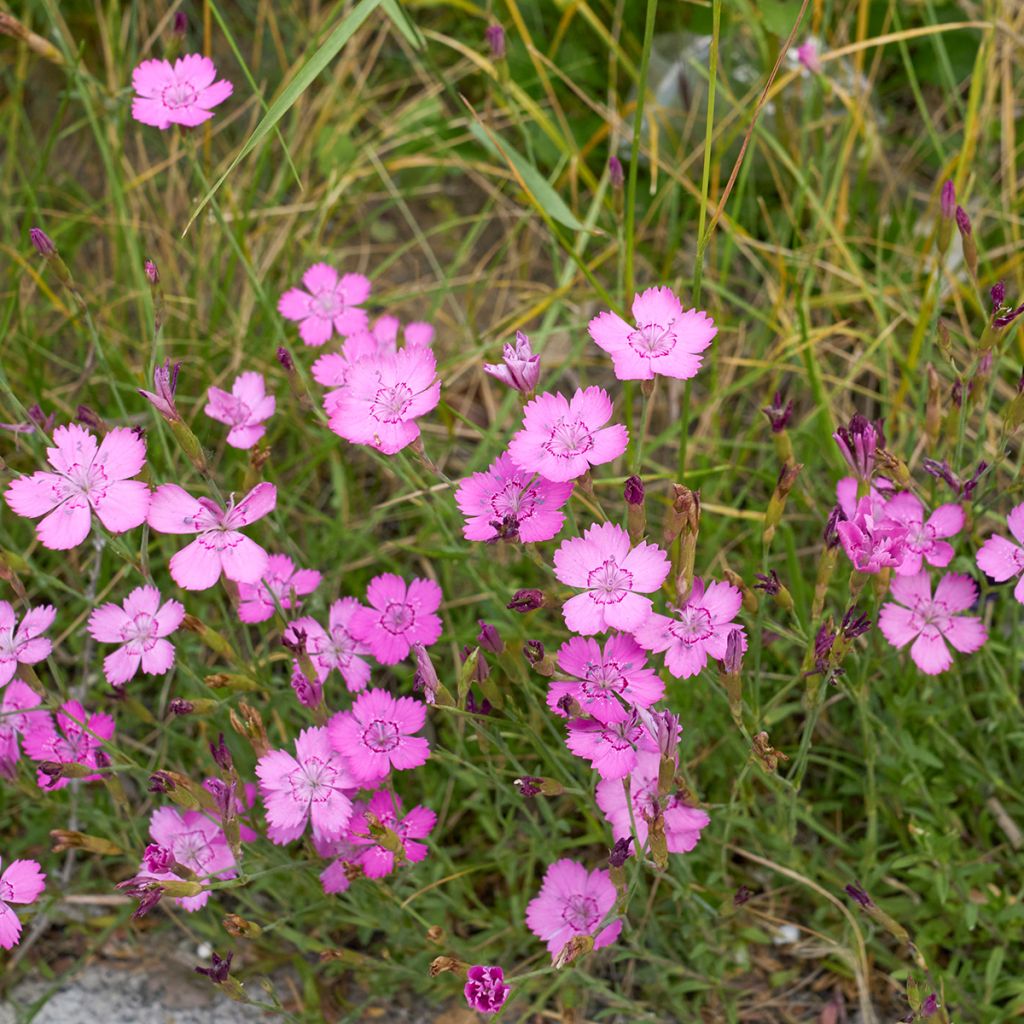

Dianthus deltoides
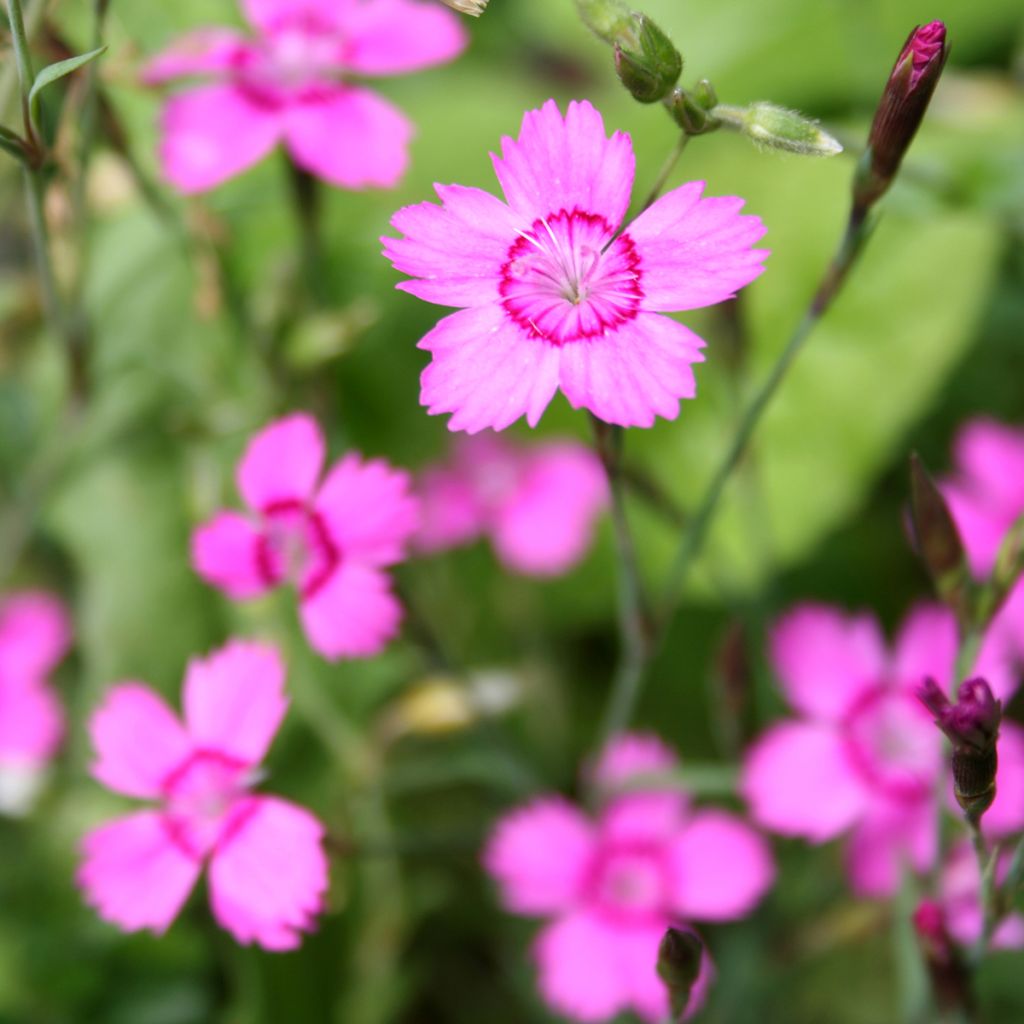

Dianthus deltoides
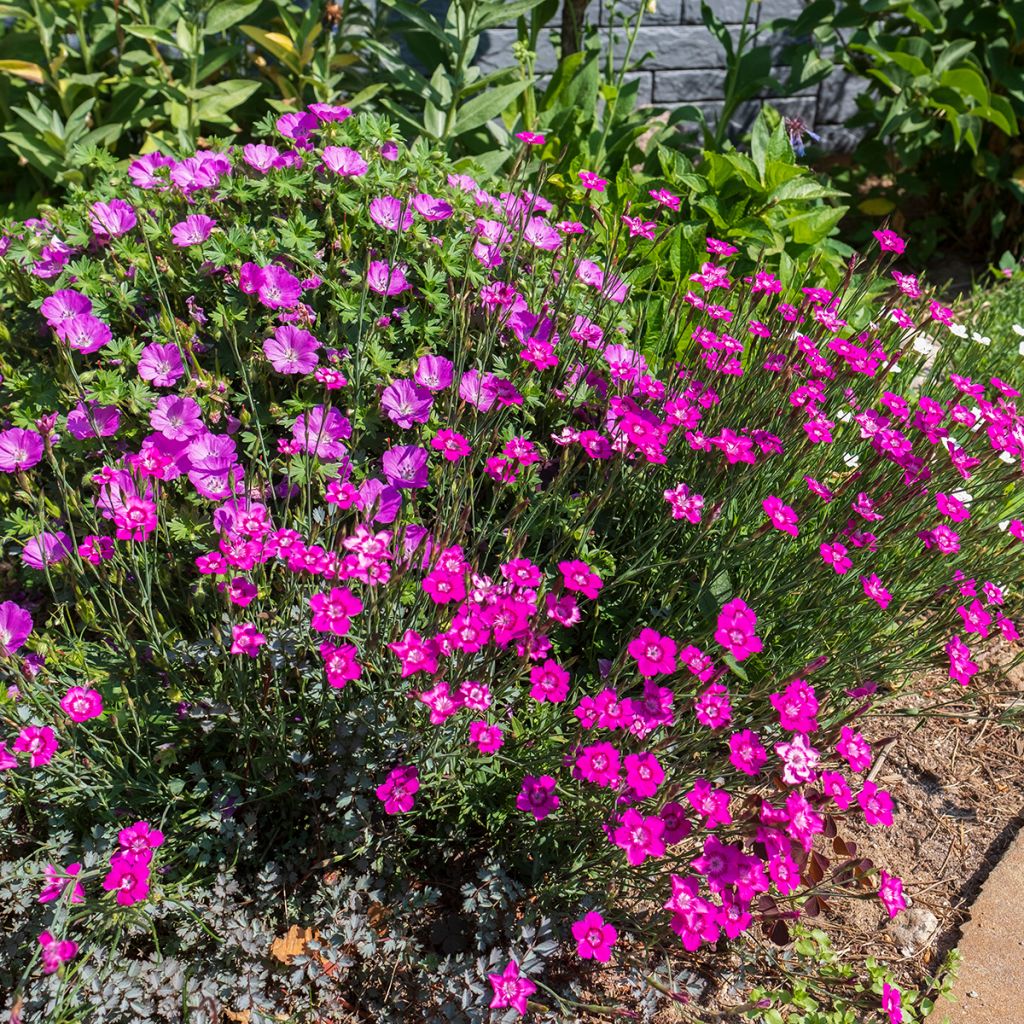

Dianthus deltoides


Dianthus deltoides
Dianthus deltoides
Dianthus deltoides
Maiden Pink
The plant was well packaged, but it's not thriving. Despite being in a 2-liter pot, it struggles to grow when planted in well-drained sunny soil. No flowering at the moment in May.
Christophe , 08/05/2024
Special offer!
Receive a €20 voucher for any order over €90 (excluding delivery costs, credit notes, and plastic-free options)!
1- Add your favorite plants to your cart.
2- Once you have reached €90, confirm your order (you can even choose the delivery date!).
3- As soon as your order is shipped, you will receive an email containing your voucher code, valid for 3 months (90 days).
Your voucher is unique and can only be used once, for any order with a minimum value of €20, excluding delivery costs.
Can be combined with other current offers, non-divisible and non-refundable.
Home or relay delivery (depending on size and destination)
Schedule delivery date,
and select date in basket
This plant carries a 12 months recovery warranty
More information
We guarantee the quality of our plants for a full growing cycle, and will replace at our expense any plant that fails to recover under normal climatic and planting conditions.
Would this plant suit my garden?
Set up your Plantfit profile →
Description
Dianthus deltoides, also known as the delta carnation, prostrate carnation, or glaucous carnation, is a perennial plant that forms a small evergreen cushion, persisting in winter. It produces a multitude of flowers in summer. Its small bright pink flowers with fringed petals bring life to rockeries, the tops of walls, and sunny borders. Hardy, fast-growing, and undemanding, it adapts to any well-drained soil, even if poor and fairly dry.
It belongs to the Caryophyllaceae family. It is a botanical species native to Europe, India, and temperate Asia, where it grows in fairly dry areas, in heathlands, high-altitude meadows, hills, and mountains. Its growth rate is fast. Its adult size will not exceed 15cm (6in) in height with a spread of 30cm (12in) or more. This carnation forms a small prostrate clump with a spreading habit. Its linear, medium green leaves are sometimes tinged with violet. They are flexible and arranged tightly on slender stems. They remain decorative in winter. Flowering begins in June and continues constantly until September if the soil is not too dry. The plant is then covered with small bright pink flowers with 5 fringed petals at the top of generally uniflorous stems. The flowers are pleasantly scented.
Plant this small carnation in an open location, on an embankment or in a rockery, where it can spread in the sun. It will also be charming at the top of a dry-stone wall. This plant can also fill the base of bushes grown in large pots, and decorate large containers or alpine troughs. Its companions can be alpine and mountain plants, such as alyssum, soapworts, aubrietas, or rock roses.
Report an error about the product description
Dianthus deltoides in pictures
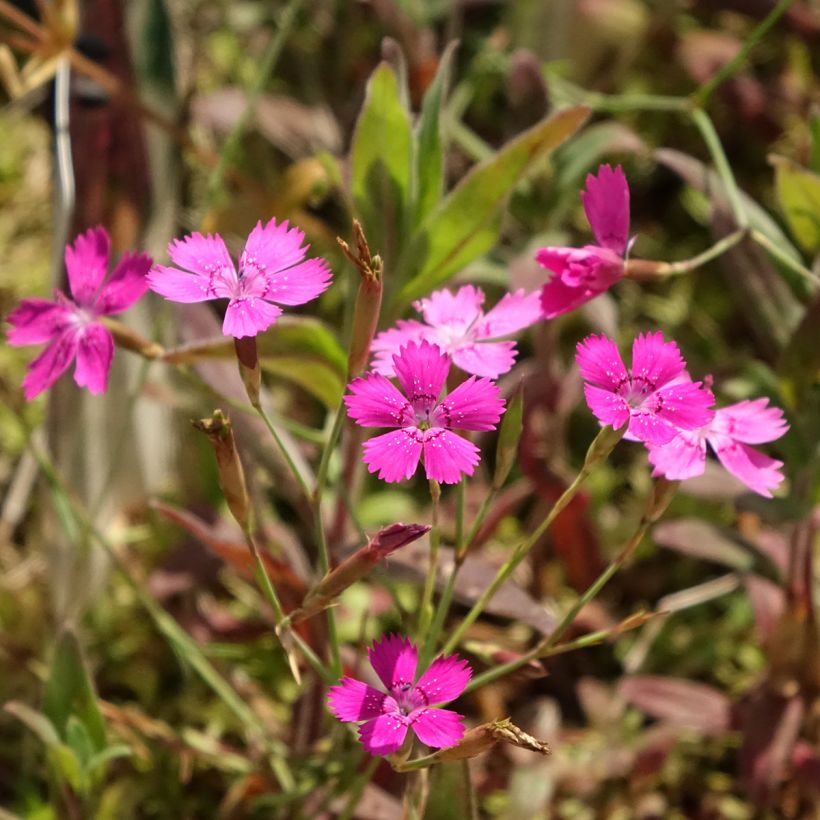

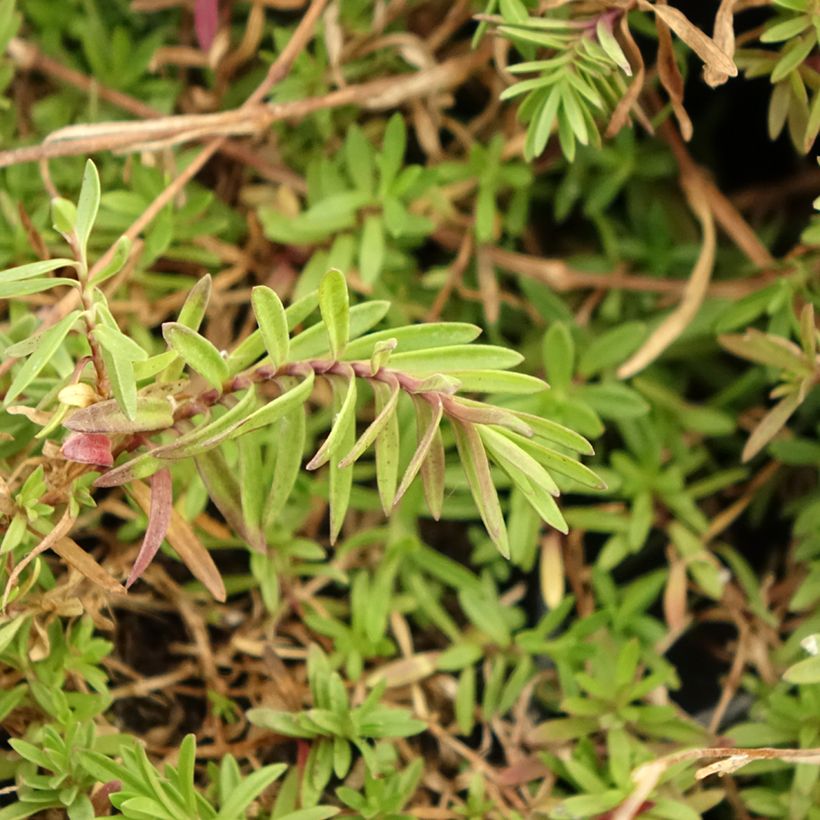

Flowering
Foliage
Plant habit
Botanical data
Dianthus
deltoides
Caryophyllaceae
Maiden Pink
Central Europe
Planting and care
Plant in ordinary, stony or limestone, moist to dry and especially well-drained soil. Gravel-rich soil gives good results. Collar rot in soil retaining moisture is the main disease that decimates carnations. This plant prefers a very sunny exposure. Water only in case of prolonged drought. Regularly remove faded flowers to encourage flowering and prolong its lifespan. In rocky soil, this carnation self-seeds abundantly, if care is taken to let some fruits ripen. Lightly prune the clump after flowering to help it regrow. Apply a balanced fertiliser to poor soil in March. This carnation does not appreciate the competition of invasive plants, which, when placed nearby, can kill it by imposing too much shade. Periodic watering in case of very dry summer will promote flower production.
Planting period
Intended location
Care
-
, onOrder confirmed
Reply from on Promesse de fleurs
Similar products
Haven't found what you were looking for?
Hardiness is the lowest winter temperature a plant can endure without suffering serious damage or even dying. However, hardiness is affected by location (a sheltered area, such as a patio), protection (winter cover) and soil type (hardiness is improved by well-drained soil).

Photo Sharing Terms & Conditions
In order to encourage gardeners to interact and share their experiences, Promesse de fleurs offers various media enabling content to be uploaded onto its Site - in particular via the ‘Photo sharing’ module.
The User agrees to refrain from:
- Posting any content that is illegal, prejudicial, insulting, racist, inciteful to hatred, revisionist, contrary to public decency, that infringes on privacy or on the privacy rights of third parties, in particular the publicity rights of persons and goods, intellectual property rights, or the right to privacy.
- Submitting content on behalf of a third party;
- Impersonate the identity of a third party and/or publish any personal information about a third party;
In general, the User undertakes to refrain from any unethical behaviour.
All Content (in particular text, comments, files, images, photos, videos, creative works, etc.), which may be subject to property or intellectual property rights, image or other private rights, shall remain the property of the User, subject to the limited rights granted by the terms of the licence granted by Promesse de fleurs as stated below. Users are at liberty to publish or not to publish such Content on the Site, notably via the ‘Photo Sharing’ facility, and accept that this Content shall be made public and freely accessible, notably on the Internet.
Users further acknowledge, undertake to have ,and guarantee that they hold all necessary rights and permissions to publish such material on the Site, in particular with regard to the legislation in force pertaining to any privacy, property, intellectual property, image, or contractual rights, or rights of any other nature. By publishing such Content on the Site, Users acknowledge accepting full liability as publishers of the Content within the meaning of the law, and grant Promesse de fleurs, free of charge, an inclusive, worldwide licence for the said Content for the entire duration of its publication, including all reproduction, representation, up/downloading, displaying, performing, transmission, and storage rights.
Users also grant permission for their name to be linked to the Content and accept that this link may not always be made available.
By engaging in posting material, Users consent to their Content becoming automatically accessible on the Internet, in particular on other sites and/or blogs and/or web pages of the Promesse de fleurs site, including in particular social pages and the Promesse de fleurs catalogue.
Users may secure the removal of entrusted content free of charge by issuing a simple request via our contact form.
The flowering period indicated on our website applies to countries and regions located in USDA zone 8 (France, the United Kingdom, Ireland, the Netherlands, etc.)
It will vary according to where you live:
- In zones 9 to 10 (Italy, Spain, Greece, etc.), flowering will occur about 2 to 4 weeks earlier.
- In zones 6 to 7 (Germany, Poland, Slovenia, and lower mountainous regions), flowering will be delayed by 2 to 3 weeks.
- In zone 5 (Central Europe, Scandinavia), blooming will be delayed by 3 to 5 weeks.
In temperate climates, pruning of spring-flowering shrubs (forsythia, spireas, etc.) should be done just after flowering.
Pruning of summer-flowering shrubs (Indian Lilac, Perovskia, etc.) can be done in winter or spring.
In cold regions as well as with frost-sensitive plants, avoid pruning too early when severe frosts may still occur.
The planting period indicated on our website applies to countries and regions located in USDA zone 8 (France, United Kingdom, Ireland, Netherlands).
It will vary according to where you live:
- In Mediterranean zones (Marseille, Madrid, Milan, etc.), autumn and winter are the best planting periods.
- In continental zones (Strasbourg, Munich, Vienna, etc.), delay planting by 2 to 3 weeks in spring and bring it forward by 2 to 4 weeks in autumn.
- In mountainous regions (the Alps, Pyrenees, Carpathians, etc.), it is best to plant in late spring (May-June) or late summer (August-September).
The harvesting period indicated on our website applies to countries and regions in USDA zone 8 (France, England, Ireland, the Netherlands).
In colder areas (Scandinavia, Poland, Austria...) fruit and vegetable harvests are likely to be delayed by 3-4 weeks.
In warmer areas (Italy, Spain, Greece, etc.), harvesting will probably take place earlier, depending on weather conditions.
The sowing periods indicated on our website apply to countries and regions within USDA Zone 8 (France, UK, Ireland, Netherlands).
In colder areas (Scandinavia, Poland, Austria...), delay any outdoor sowing by 3-4 weeks, or sow under glass.
In warmer climes (Italy, Spain, Greece, etc.), bring outdoor sowing forward by a few weeks.


































